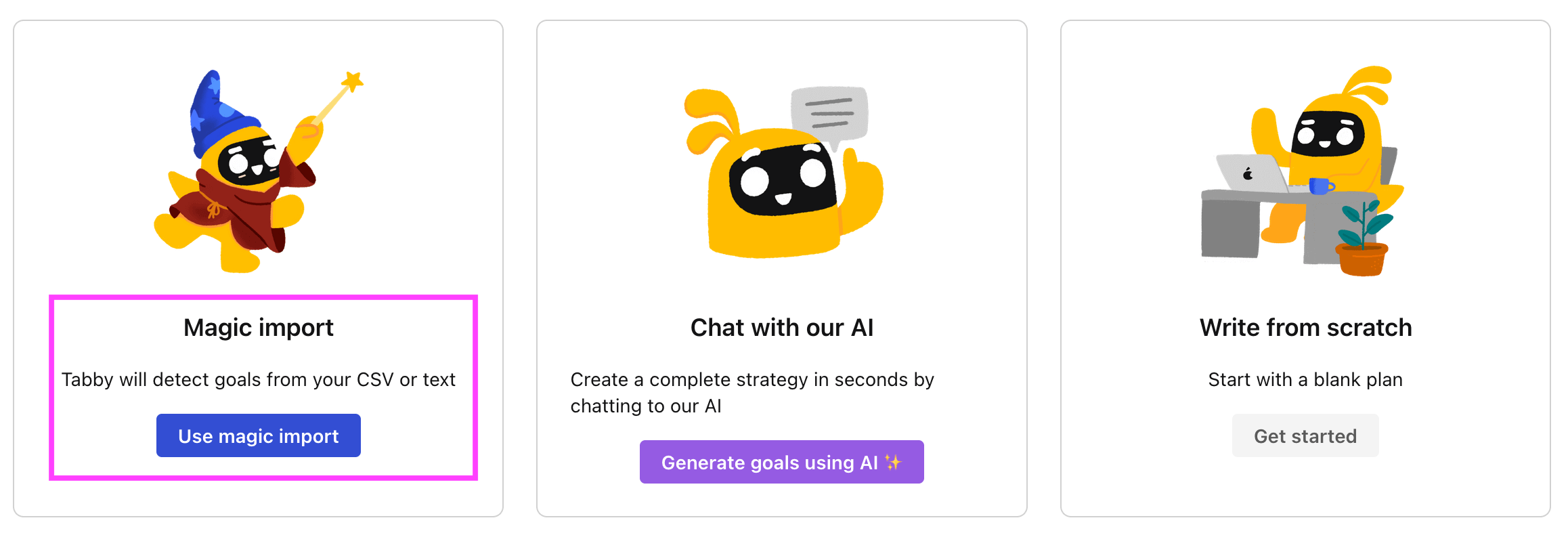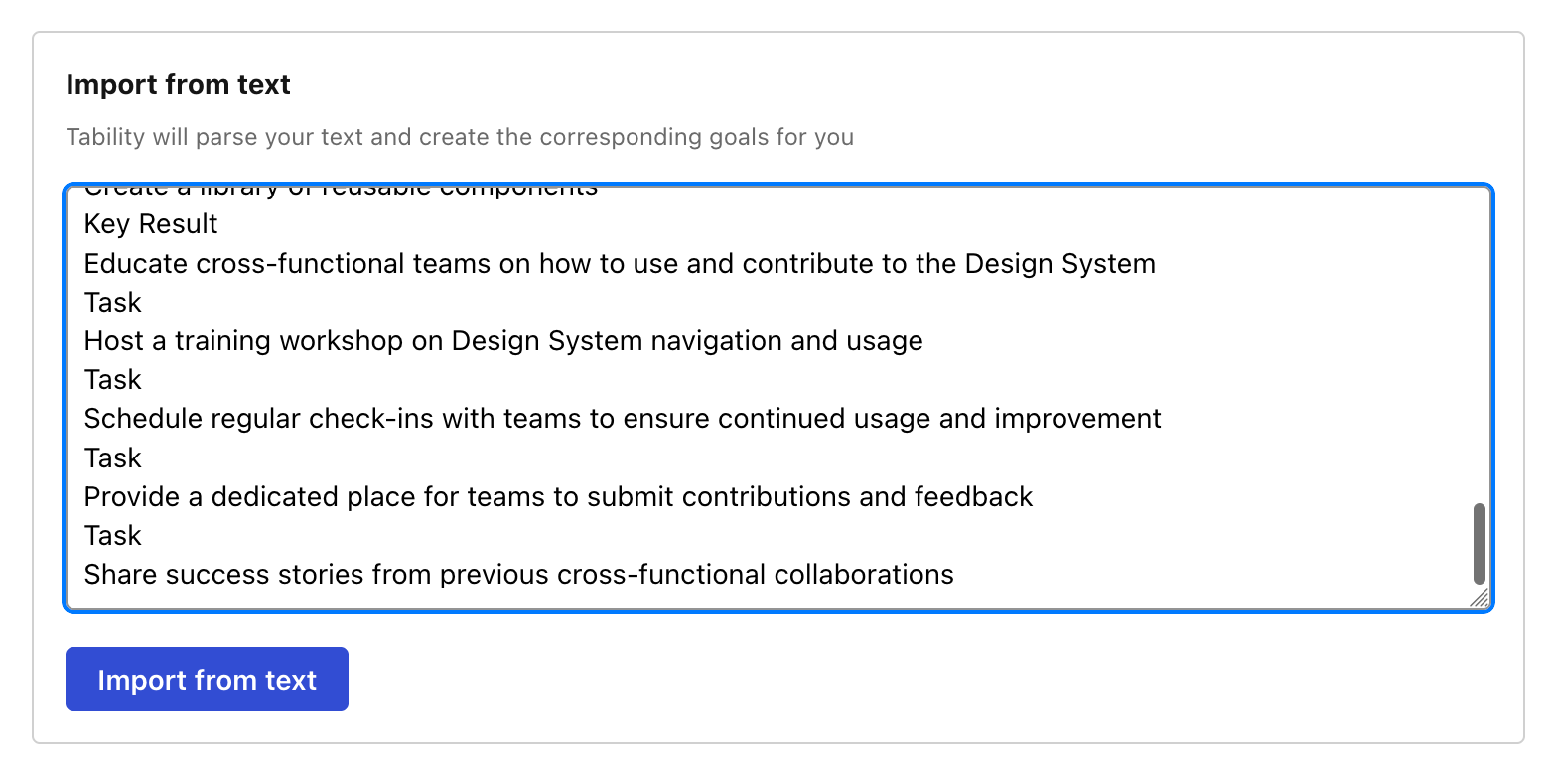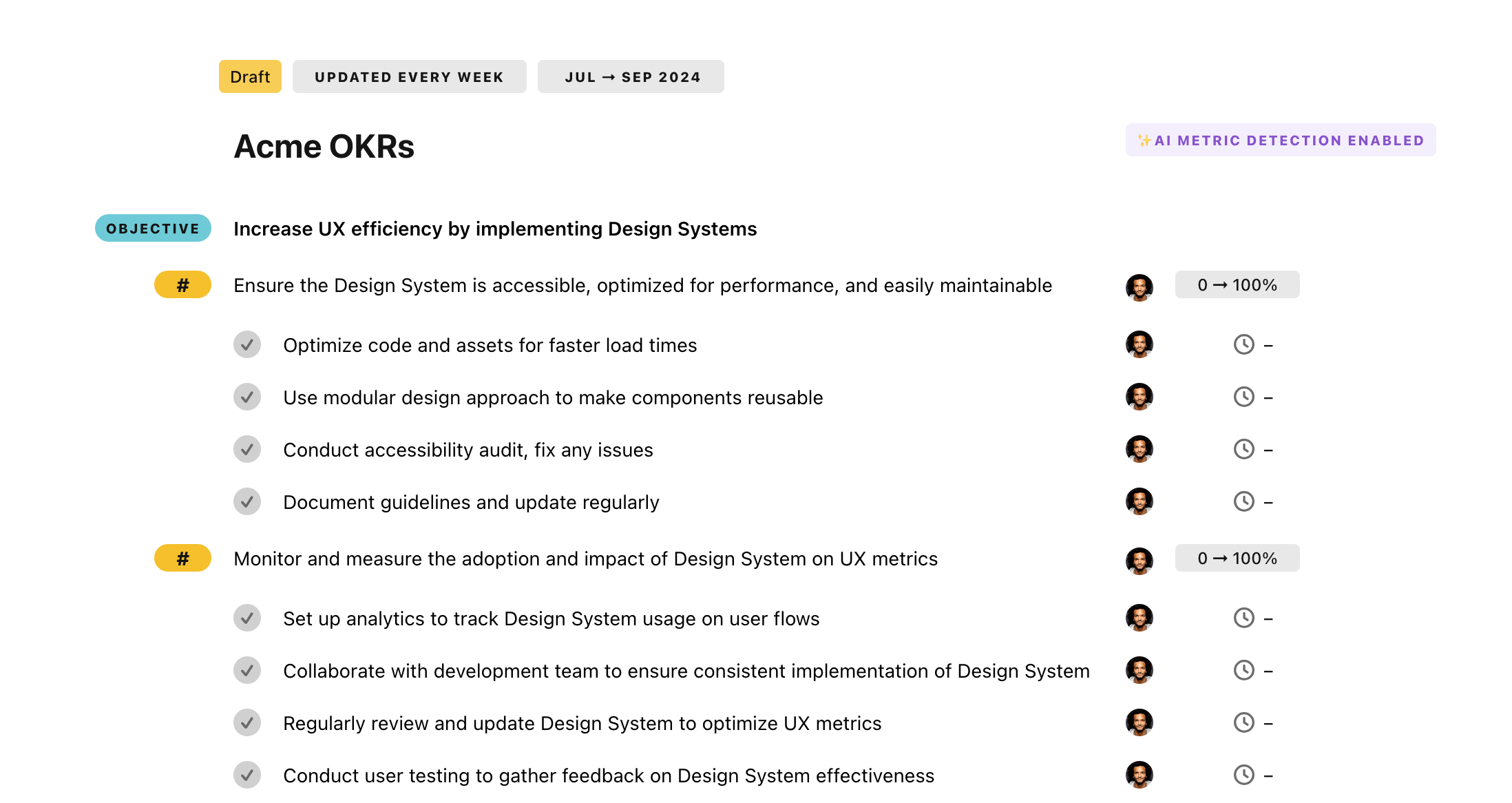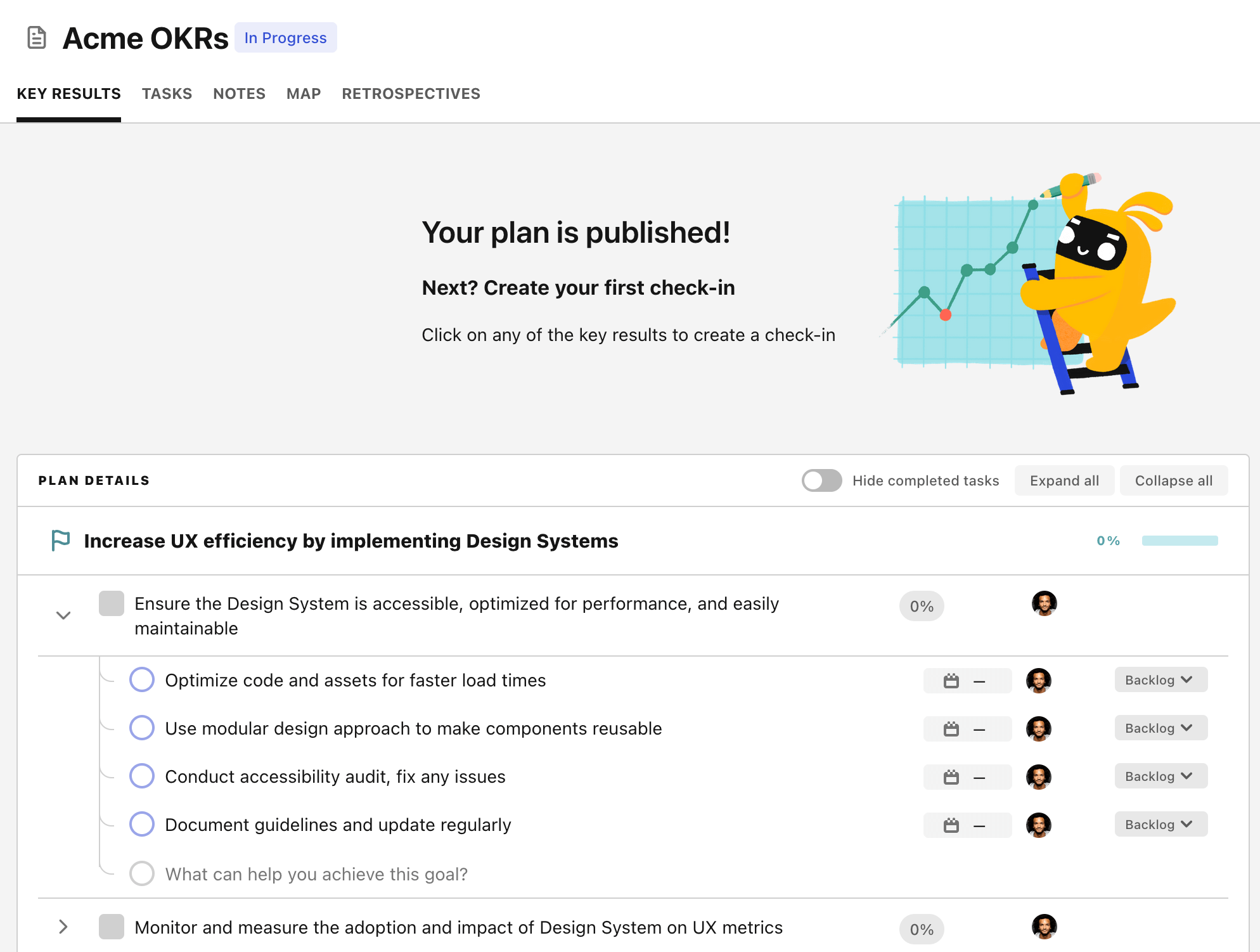OKR template to boost revenue per qualified visitor by 15%
Your OKR template
The second objective explores optimizing conversion rates to spur growth by 10%. This will be realized by monitoring and modifying strategies based on results, analyzing current conversion rates, and developing and implementing robust conversion optimization strategies.
The third objective is to improve customer engagement by 20% by implementing personalized marketing campaigns. This will involve analyzing customer data to determine engagement patterns, creating personalized content based on customer preferences, and adjusting campaigns for optimum engagement.
Throughout the execution of this OKR, careful monitoring, modifying, and optimizing will be integral to achieve the desired 15% revenue increase per qualified visitor.
ObjectiveBoost revenue per qualified visitor by 15%
KRRevamp product pages for higher visitor-to-buyer conversion, targeting 7% growth
Test and implement changes, monitor results
Conduct in-depth analysis of current product page performance
Design optimized, user-friendly page layouts
KRImplement conversion rate optimization strategies to increase conversions by 10%
Monitor and adjust strategies based on results
Conduct analysis of current conversion rates
Develop and implement conversion optimization strategies
KRDevelop personalized marketing campaigns to improve customer engagement by 20%
Analyze customer data to identify engagement patterns
Create personalized content based on customer preferences
Monitor and adjust campaigns for optimum engagement
How to edit and track OKRs with Tability
You'll probably want to edit the examples in this post, and Tability is the perfect tool for it.
Tability is an AI-powered platform that helps teams set better goals, monitor execution, and get help to achieve their objectives faster.
With Tability you can:
- Use AI to draft a complete set of OKRs in seconds
- Connect your OKRs and team goals to your project
- Automate reporting with integrations and built-in dashboard
Instead of having to copy the content of the OKR examples in a doc or spreadsheet, you can use Tability’s magic importer to start using any of the examples in this page.
The import process can be done in seconds, allowing you to edit OKRs directly in a platform that knows how to manage and track goals.
Step 1. Sign up for a free Tability account
Go tohttps://tability.app/signup and create your account (it's free!)
Step 2. Create a plan
Follow the steps after your onboarding to create your first plan, you should get to a page that looks like the picture below.

Step 3. Use the magic importer
Click on Use magic import to open up the Magic Import modal.
Now, go back to the OKR examples, and click on Copy on the example that you’d like to use.

Paste the content in the text import section. Don’t worry about the formatting, Tability’s AI will be able to parse it!

Now, just click on Import from text and let the magic happen.

Once your example is in the plan editor, you will be able to:
- Edit the objectives, key results, and tasks
- Click on the target 0 → 100% to set better target
- Use the tips and the AI to refine your goals
Step 4. Publish your plan
Once you’re done editing, you can publish your plan to switch to the goal-tracking mode.

From there you will have access to all the features that will help you and your team save hours with OKR reporting.
- 10+ built-in dashboards to visualise progress on your goals
- Weekly reminders, data connectors, and smart notifications
- 9 views to map OKRs to strategic projects
- Strategy map to align teams at scale